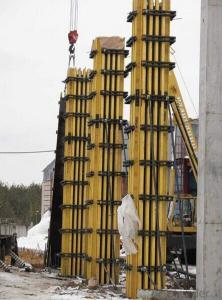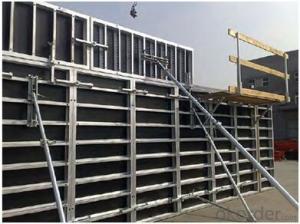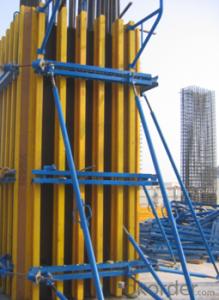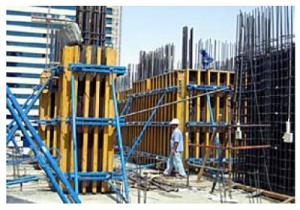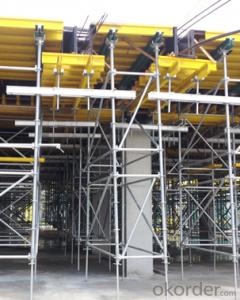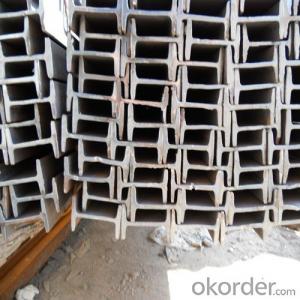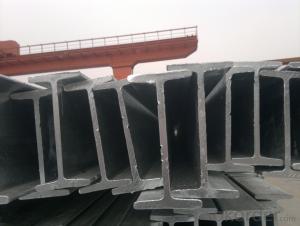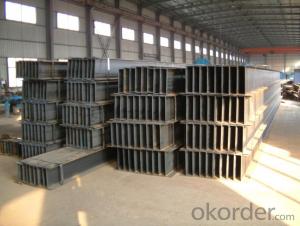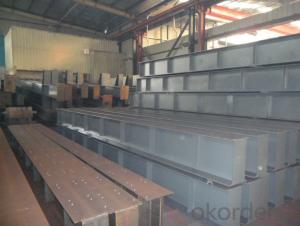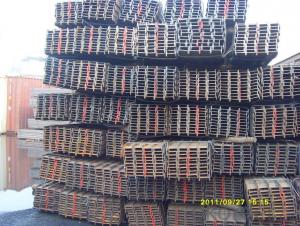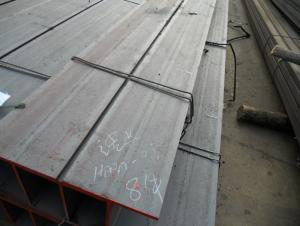Steel Structure Beam Column Connection
Steel Structure Beam Column Connection Related Searches
Best Paint For Stainless Steel Blanket Insulation For Steel Buildings Primer For Galvanized Steel Foam Filter For Stainless Steel H S Code For Stainless Steel Surface Grinding Wheels For Stainless Steel Surface Grinding Wheels For Hardened Steel Hole Saw For Stainless Steel Paint For Stainless Steel Stainless Steel For BbqHot Searches
Steel Mesh Panels For Sale Price For Stainless Steel Scrap Scrap Price For Stainless Steel Price For Stainless Steel Stainless Steel Tank For Sale Stainless Steel Sheets For Sale Cheap High Tea Sets For Sale Stainless Steel Tanks For Sale Stainless Steel For Sale High Density Fiberboard For Sale Solar Hot Water Collectors For Sale Scaffolding For Sale In Uae Scaffolding For Sale In Ireland Scaffolding For Sale In Houston Type Of Inverter For Solar Price Of Shipping Containers For Sale Types Of Inverter For Solar Stock Price For Aluminum Used Solar Inverter For Sale Steel Mesh Panels For SaleSteel Structure Beam Column Connection Supplier & Manufacturer from China
Okorder.com is a professional Steel Structure Beam Column Connection supplier & manufacturer, offers integrated one-stop services including real-time quoting and online cargo tracking. We are funded by CNBM Group, a Fortune 500 enterprise and the largest Steel Structure Beam Column Connection firm in China.Hot Products
FAQ
- Steel H-beams are a popular choice in bridge construction because of their strength, versatility, and cost-effectiveness. These beams are designed specifically to bear heavy loads and provide structural stability, making them ideal for building bridges. When constructing bridges, steel H-beams are primarily used as the main structural elements. They support the weight of the bridge deck and transfer the load to the bridge piers or abutments. The H-shape of these beams allows for even weight distribution and excellent load-bearing capabilities. Another advantage of steel H-beams in bridge construction is their flexibility in fabrication. They can be easily made to the required length and size, allowing engineers to design bridges of various spans and heights to suit different site conditions. Furthermore, steel H-beams offer a high strength-to-weight ratio. This means they can support heavy loads without being excessively bulky or heavy themselves. This advantage is particularly valuable for long-span bridges, where reducing the weight of the structure is important to minimize material and construction costs. In addition, steel H-beams have excellent durability and resistance to corrosion. This is crucial for bridges exposed to harsh weather conditions and environmental factors. The steel used in these beams is often treated with protective coatings or galvanized to enhance its longevity and prevent deterioration over time. In conclusion, steel H-beams are essential in bridge construction as they provide the necessary strength, versatility, and durability to support heavy loads and maintain the structural integrity of the bridge. Their use enables efficient and cost-effective bridge designs that can withstand the test of time.
- Yes, steel H-beams can be used in historical restoration projects. While traditional restoration methods often involve using original building materials or replicas, steel H-beams offer several advantages in certain scenarios. Firstly, steel H-beams provide structural stability and strength, making them suitable for reinforcing or replacing damaged or weakened elements in historical structures. This is particularly useful in cases where the original materials are no longer viable or available. H-beams' load-bearing capacity can help restore the integrity of the building, ensuring its long-term stability. Additionally, steel H-beams can be fabricated to match the dimensions and profiles of original structural members, allowing for seamless integration into the existing framework. This helps maintain the historical aesthetics while providing the necessary structural support. Moreover, steel is a durable material that requires minimal maintenance, making it a practical choice for long-term preservation. Its resistance to decay, pests, and weathering ensures the longevity of the restored structure. However, it is important to balance the benefits of using steel H-beams with the preservation of historical authenticity. In some cases, strict preservation guidelines or regulations may require the use of traditional materials or techniques. Therefore, it is crucial to consult with preservation experts, architects, and historical societies to determine the most appropriate approach for each specific restoration project.
- Indeed, foundation or basement construction can incorporate steel H-beams. These beams are widely utilized in construction due to their robustness, longevity, and adaptability. They have the capability to establish a secure and firm base for buildings, including basements. Typically, steel H-beams are utilized in conjunction with other materials, such as concrete, to establish a sturdy foundation or basement structure. The H-shape of these beams allows for improved load distribution and heightened structural stability, rendering them an optimal choice for these construction endeavors. Furthermore, steel H-beams possess resistance against weathering, corrosion, and pests, thus further enhancing their suitability for foundation and basement construction.
- When it comes to designing for acoustical isolation of Steel H-Beams, there are several important factors that must be taken into consideration. To begin with, the mass of the steel beams plays a crucial role in determining the level of acoustical isolation. Beams with greater weight tend to offer better sound insulation properties due to their increased mass, which aids in absorbing and blocking sound waves. Therefore, it is essential to carefully select the appropriate size and weight of H-Beams in order to achieve the desired level of acoustic isolation. In addition, the structural design of the H-Beams can have an impact on acoustical isolation. The shape, dimensions, and connection details of the beams should be meticulously designed to minimize sound transmission. Special attention should be given to identifying and effectively addressing any potential flanking paths, where sound can travel through alternative routes such as wall cavities or other structural elements. This is crucial in ensuring optimal acoustical isolation. Moreover, the use of suitable insulation materials is vital for enhancing acoustical isolation. Resilient pads or rubber gaskets can be placed between the steel beams and adjacent elements to reduce the transfer of sound vibrations. It is important to follow industry standards and guidelines when selecting and installing these materials to maximize their effectiveness. Furthermore, the overall construction and assembly process should be carefully managed to avoid compromising acoustical isolation. Proper sealing and caulking of joints and connections between the steel beams and other building components are critical in preventing sound leakage. Attention should also be given to the installation of any penetrations through the steel beams, such as pipes or conduits, as these can create weak points for sound transmission if not addressed properly. Lastly, it is crucial to take into account the specific requirements and regulations for acoustical isolation in the intended application or building. Different industries and building codes may have specific standards or criteria that must be met. Seeking advice from acoustical engineers or specialists can provide valuable insights and guidance to ensure compliance with the necessary acoustic isolation requirements. In conclusion, the design process for acoustical isolation of Steel H-Beams involves careful consideration of factors such as mass, structural design, insulation materials, construction processes, and regulatory requirements. By addressing these factors diligently, optimal acoustical isolation can be achieved, thereby minimizing sound transmission and enhancing the overall acoustic performance of the building or structure.
- Steel H-beams and I-beams are commonly used in construction but differ in shape and design, resulting in varying load-bearing capacities. H-beams, also known as wide flange beams, possess a wider flange and narrower web compared to I-beams. This design enables H-beams to support heavy loads across a broader span, making them suitable for applications requiring greater strength and stability. The wider flange of H-beams enhances resistance against bending, torsional forces, and shear stress, making them well-suited for structures like bridges, buildings, and heavy machinery. Conversely, I-beams, also known as universal beams or rolled steel joists, possess a narrow flange and thicker web. This shape allows I-beams to resist bending and deflection, making them ideal for applications requiring long spans and minimal sagging. I-beams find common usage in residential and commercial construction, as well as in beam and column manufacturing. To compare the strength of H-beams and I-beams, it is essential to consider specific dimensions, material properties, and loading conditions. Generally, H-beams exhibit higher load-bearing capacities due to their wider flange and superior resistance against various forces. However, consulting structural engineers or referring to load tables is crucial for determining the appropriate beam type and size for a specific construction project. In summary, steel H-beams and I-beams are robust structural elements, with H-beams typically possessing higher load-bearing capacities due to their wider flange design. Nonetheless, the choice between H-beams and I-beams depends on the specific project requirements and loading conditions.
- Yes, steel H-beams can be used in gymnasium structures. Steel H-beams are commonly used in construction due to their high strength and durability. They provide excellent support and stability, making them suitable for large open spaces like gymnasiums. Additionally, steel H-beams can be easily fabricated and customized to fit the specific design requirements of a gymnasium. They can withstand heavy loads and provide the necessary structural integrity needed for gymnasium structures.
- Indeed, sports complexes and stadiums can utilize steel H-beams. These beams are frequently employed in construction ventures owing to their robustness, longevity, and adaptability. They offer exceptional structural reinforcement and can endure substantial burdens, rendering them appropriate for sizable and intricate structures such as sports complexes and stadiums. Moreover, steel H-beams can be effortlessly manufactured and assembled, enabling efficient construction and customization in accordance with precise design prerequisites. In general, the reliability and capacity of steel H-beams to sustain the weight and strain linked with such amenities make them a favored option for sports complexes and stadiums.
- The construction industry widely considers steel H-beams as one of the strongest building materials available. With its unique shape, the H-beam offers exceptional strength and structural integrity, making it highly suitable for various applications. Compared to wood, concrete, or aluminum, steel H-beams provide significant advantages in terms of strength. The high tensile strength of steel allows H-beams to withstand heavy loads and resist bending or warping under pressure. This makes them ideal for supporting large structures and heavy equipment. Furthermore, steel H-beams have a higher strength-to-weight ratio compared to materials like wood or concrete. This means that steel can withstand greater loads while being relatively lighter in weight. As a result, steel H-beams are easier to transport and install. The strength of H-beams also allows for longer spans between support points, reducing the need for additional columns or supports and maximizing space utilization in a building. In addition to their superior strength, steel H-beams also offer exceptional durability and longevity. Steel resists corrosion, rot, and pests, which are common issues with materials like wood. This durability ensures that structures built with steel H-beams can withstand harsh weather conditions and require minimal maintenance over their lifespan. Overall, steel H-beams surpass other building materials in terms of strength, offering unparalleled structural integrity, a higher strength-to-weight ratio, and greater durability. These characteristics make them the preferred choice for a wide range of construction projects, including high-rise buildings, bridges, industrial facilities, and warehouses.
















